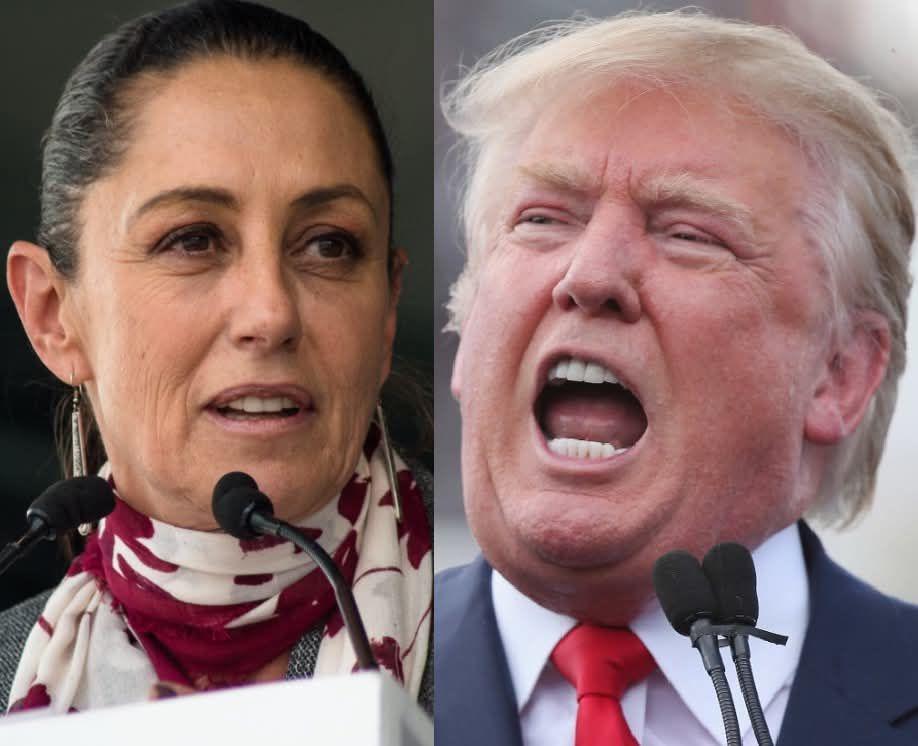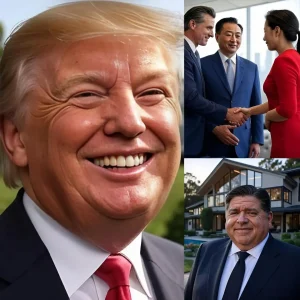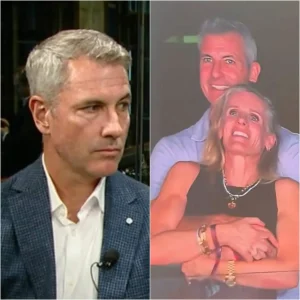In a fiery exchange that has reignited tensions, former U.S. President Donald Trump labeled Mexico a “foreign enemy” alongside Iran, China, and Russia, accusing them of “killing American kids” through their role in the opioid crisis. Speaking at a recent rally, Trump pointed to the flow of fentanyl across the U.S.-Mexico border, claiming Mexican cartels are orchestrating a deliberate attack on American lives. His rhetoric, steeped in his signature bombast, framed the opioid epidemic as an external assault, with Mexico as a primary culprit. The remarks drew a swift and scathing response from Mexico’s President, Claudia Sheinbaum, who fired back, refusing to let her nation take the fall. She argued that the opioid crisis was “birthed” in American pharmacies and hospitals, pointing to the overprescription of drugs like oxycodone as the root cause. “Don’t point fingers at Mexico!” she declared, asserting that U.S. pharmaceutical companies and lax regulations fueled the addiction that has “hooked millions and buried countless Americans.”

The opioid crisis, which claims tens of thousands of lives annually, is a complex beast. Trump’s focus on Mexico hinges on the undeniable role of cartels in smuggling fentanyl, a synthetic opioid far deadlier than heroin. Recent data shows fentanyl is involved in over 70% of U.S. overdose deaths, with much of it crossing the southern border. The Trump administration’s policies, including tariffs on China and troop deployments to the border, aimed to choke off this supply chain, but results have been mixed. A Washington Post report noted a puzzling drop in fentanyl seizures at the border in 2025, suggesting cartels may be adapting through methods like mailing or tunneling. Yet, Trump’s framing of Mexico as an enemy oversimplifies the issue, ignoring the demand side of the equation and the U.S.’s own role in creating a market for these drugs.
Sheinbaum’s counterattack hits a nerve. The opioid epidemic traces its origins to the 1990s, when American pharmaceutical companies aggressively marketed prescription painkillers like oxycodone. Purdue Pharma, the maker of OxyContin, was later found to have misled doctors and patients about the drug’s addictive potential, leading to widespread overprescription. By 2010, the U.S. was awash in prescription opioids, with hospitals and pharmacies dispensing millions of pills. This domestic flood created a generation of addicts, many of whom turned to illicit drugs like fentanyl when prescriptions dried up. Sheinbaum’s point is clear: the crisis was born in America’s healthcare system, not Mexico’s backyard.
Both sides have valid points, but neither tells the full story. Cartels exploit America’s appetite for drugs, but that appetite was cultivated by U.S. greed and negligence. Blaming Mexico alone ignores the pharmaceutical giants who profited billions while patients died. Conversely, dismissing the role of cross-border trafficking sidesteps the cartels’ ruthlessness. The real culprit is a system—spanning borders, industries, and governments—that prioritizes profit over lives. Solving this requires cooperation, not finger-pointing. Enhanced border security, stricter regulation of pharmaceuticals, and investment in addiction treatment could form a start. For now, the war of words between Trump and Sheinbaum only deepens the divide, leaving countless families to bear the cost of a crisis with no easy fix.






